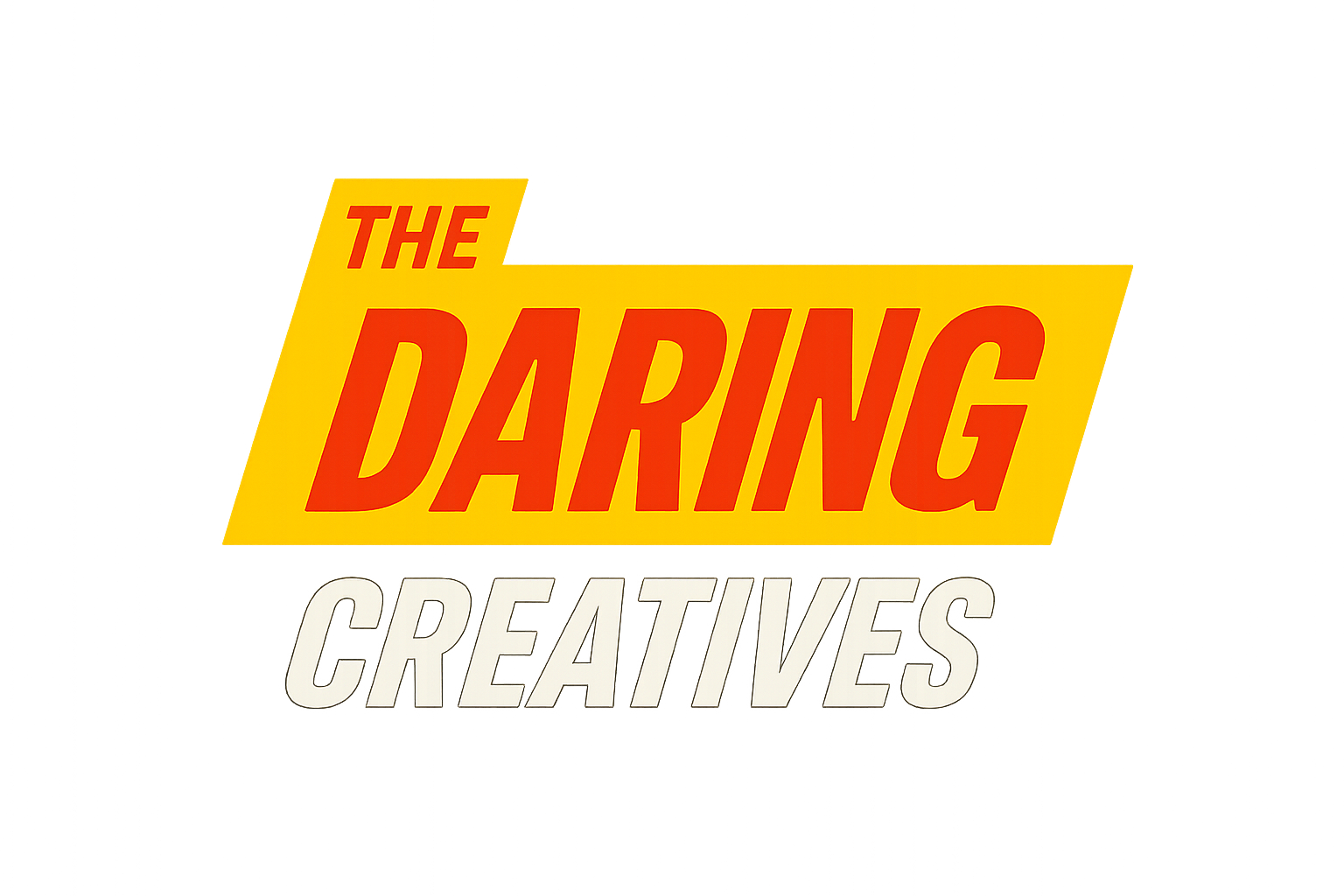Let’s be honest — most of the outrage about AI isn’t really about technology. It’s about who gets the money.
People say they’re mad that AI “steals” from artists or “devalues creativity,” but underneath that is a much older tension — the way art, music, design, and storytelling have been turned into commodities.
The fight isn’t against machines. The fight is against a system that rewards speed, scale, and profit over craft. And that system is called capitalism.
If you zoom out, you’ll see this isn’t a new story. Every major leap in technology — from the printing press to film to the internet — has reshaped who gets paid, who gets left behind, and who gets to be called an “artist.” Capitalism thrives on these disruptions. It feeds on efficiency. Every innovation that lets us do more with less eventually gets folded into the machine.
AI is just the latest chapter in a book we’ve been writing for over a century.
To understand where we are now, you have to look back at where the commodification began — when creativity first became something that could be replicated, packaged, and sold.
The Age of Reproduction
It started back when art could be copied. Photography, film, and recorded music made it possible to reproduce creativity at scale. Walter Benjamin wrote about it in the 1930s — he said that once art could be mechanically reproduced, its “aura” changed. It became product.
By the middle of the 20th century, Hollywood turned storytelling into franchises. Motown and Tin Pan Alley made music like an assembly line. Advertising learned how to turn feelings into sales.
Then came the digital era — MTV, blockbuster movies, computers, and eventually the internet. That’s when creativity officially merged with marketing. Everything could be tracked, measured, and optimized.
Now algorithms decide what gets seen. Streams, clicks, and watch time define value. We don’t ask if something moves us — we ask if it performs.
So when AI shows up and says, “I can make that faster and cheaper,” it’s not tearing down tradition. It’s finishing what we (humans) started.
Creativity Became Infrastructure
Look at how we already treat creative work. Movies aren’t just about great stories — they’re about building franchises and selling merch. Music isn’t just about feeling — it’s about licensing deals, playlists, and content. Design and storytelling aren’t just about expression — they’re about conversions and clicks.
That’s the system. Creativity became infrastructure for business. And a lot of creative's profited from that, I know I did!
And that’s what makes this uncomfortable. I’ve spent years trying to help people show their process — to remind audiences that there’s a person behind the work. But most of the time, people still judge by the result. Process only matters when it adds to the story or makes the product feel more valuable.
AI doesn’t devalue creativity — it exposes what we actually value. We didn’t build a culture that rewards craft. We built one that rewards output.
Where We Go From Here
So don’t blame AI for cheapening art. Blame the appetite for cheap everything.
If you really want to make change, it’s not about banning new tools or defending the old ones. It’s about rethinking the system we keep feeding — a system that measures value in profit instead of meaning.
The challenge now is to rebuild how we define value. To make meaning matter again. To use technology to amplify the human part of the work, not erase it.


